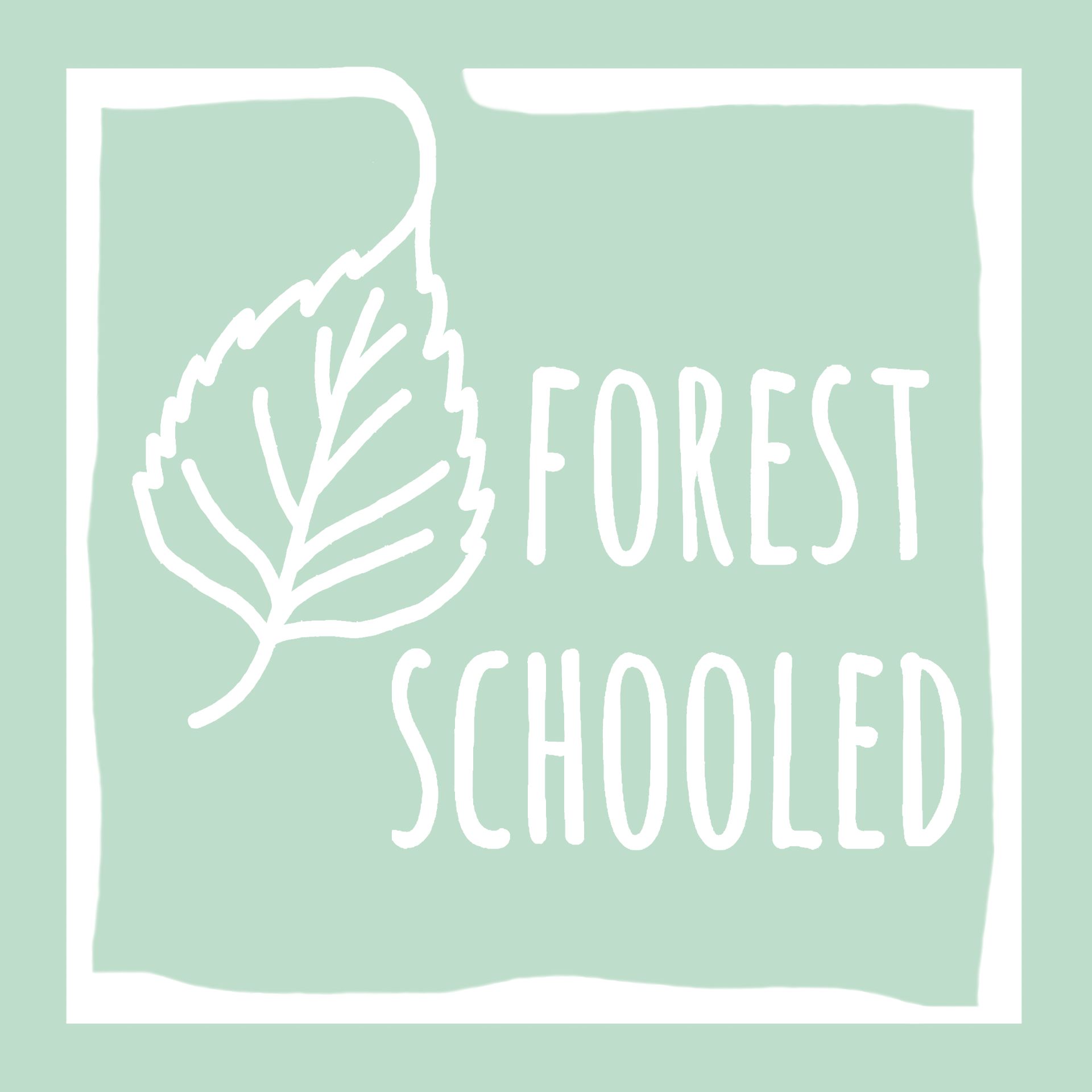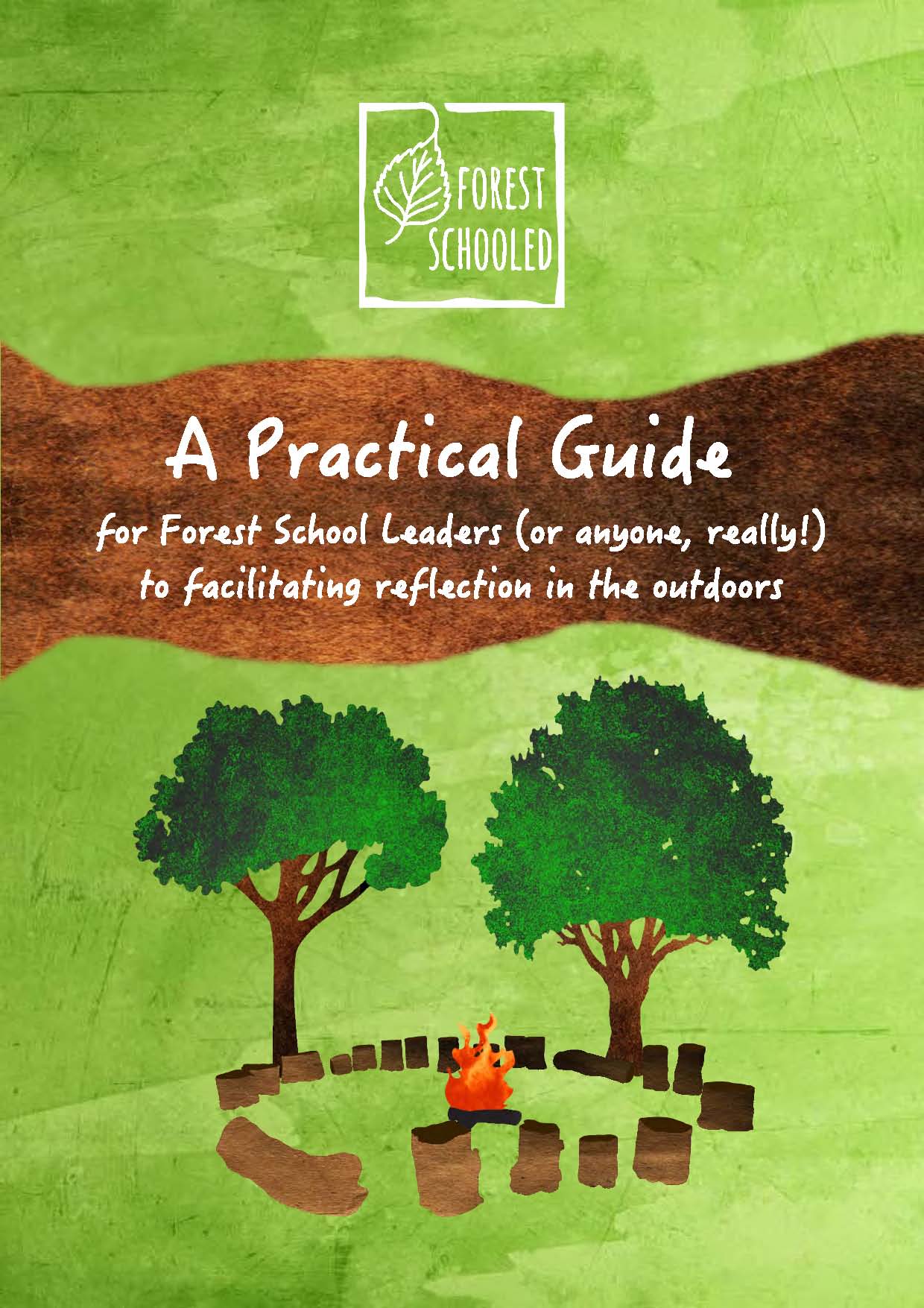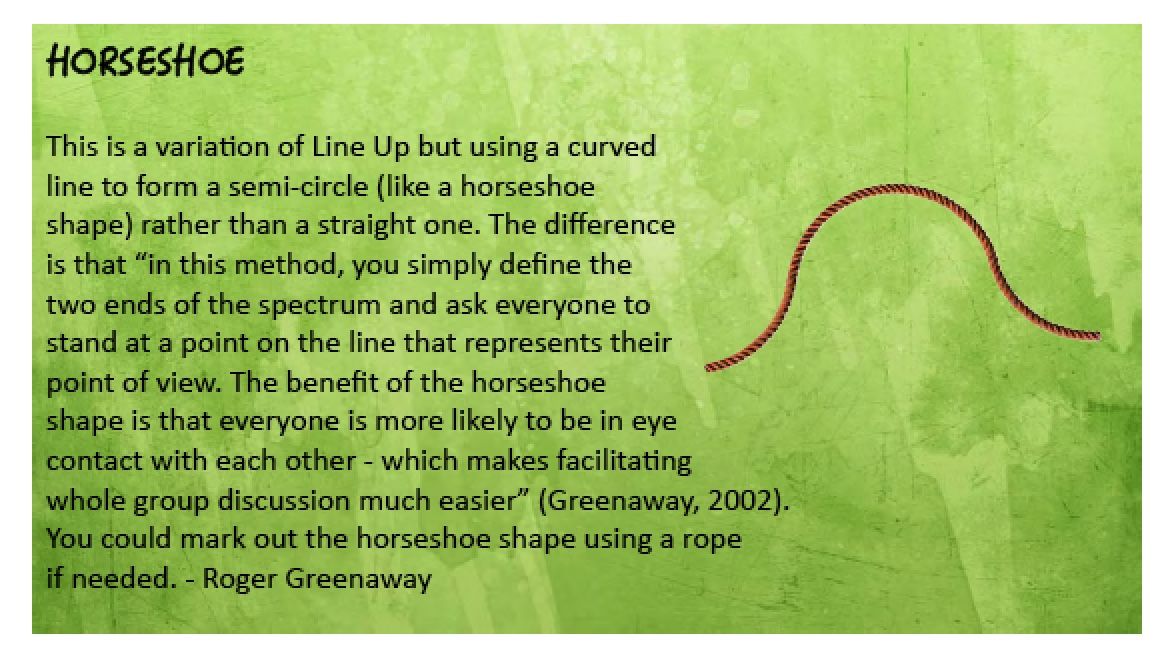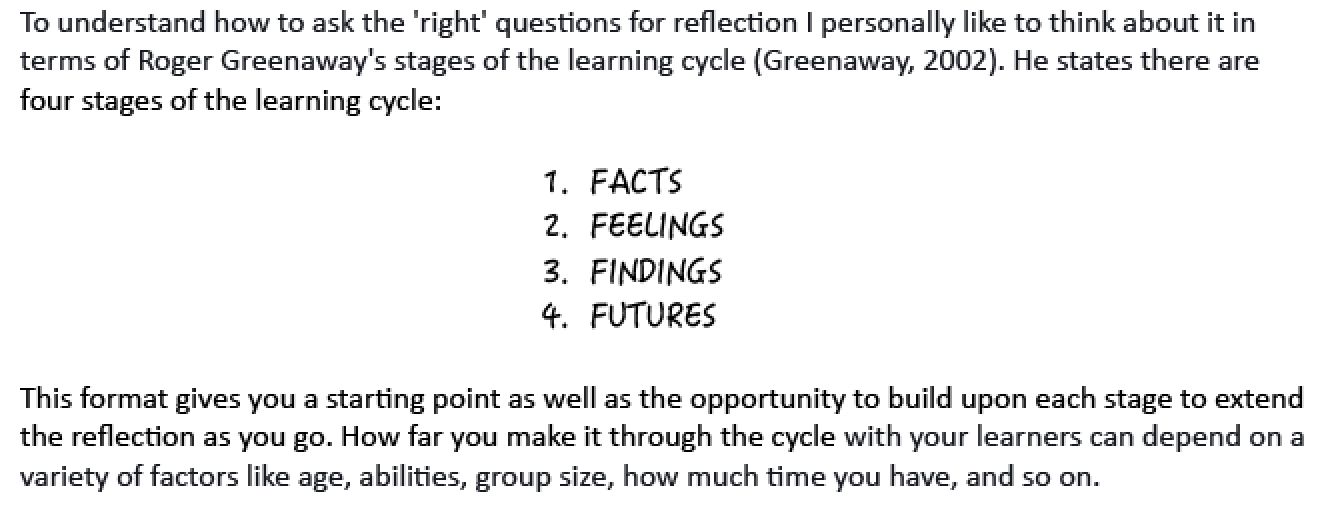
Blog
Stories from my personal journey learning about and delivering Nature-rooted programs across three different countries
A Practical Guide to Facilitating Reflection in the Outdoors & The 7 Day Reflection Challenge!
Caylin (Forest Schooled)

Empty space, drag to resize
It was the second Forest School session for a group of year 3s and they were all bubbling with excitement after a couple of hours of freedom exploring, creating dens, and firelighting in the woods. In fact, they seemed to have enjoyed it so much that many of them didn't want to return to the fire circle when we signalled for them to come back. It was a session that seemed to be finishing in a somewhat erratic and frazzled manner. I had planned an activity for about the last 10 minutes of the session to encourage the children to reflect on their experience, but I was beginning to wonder whether they'd even be interested or in a frame of mind conducive to participating in it at all.
I wanted to use a method that was simple and quick (we were low on time), but still engaging and meaningful. This is a situation I've been in before, but in the past I wouldn't have even known where to start. Facilitating reflection is a difficult thing to do and it's a skill that I felt was a weakness for me.
That's why last November I embarked on a project to investigate the topic further in an effort to learn more. Some of you may remember the blog post A Forest School Leader's Guide to Facilitating Reflection in the Outdoors.
In that post, I asked for the advice from anyone with knowledge on the topic, requesting they share the ideas and methods they use for facilitating reflection with the individuals they work with. My goal was to create a resource that would not only help me, but also hopefully be useful to others as well.
I then spent the next few months collecting information from people, doing my own research, as well as attending a course with Dr. Roger Greenaway (www.reviewing.co.uk) on methods of facilitating reflection (what he calls 'reviewing') in the outdoors. And the result of all of that can now be found in this guide:

KEEP SCROLLING TO GET THE GUIDE
(by the way, it's FREE!)
I hope you find the information in the guide to be useful! I know I did when I was facing that group of year 3s I mentioned at the start of this post. I decided to use the 'Horseshoe' method described on page 14, requesting the group to stand by the logs surrounding our fire circle in the shape of a horseshoe.
(From Activities and Exercises, page 14)

Participants were to stand towards one end of the horseshoe if they agreed with a statement, the other end if they disagreed, and in the middle if they neither agreed nor disagreed. I then gave a series of prompts and questions that followed Roger Greenaway's stages of the learning cycle:
(from The Question Bank, page 20)

I invited the participants to stand at a point along the line of the horseshoe to show how much they agreed with the following statement: I tried something new today (FACTS). They arranged themselves accordingly and I then offered them the opportunity to discuss their answer with someone nearby.
After a few minutes, the conversations died down and I gave another prompt: I felt challenged by something today (FEELINGS). They arranged themselves again on the horseshoe according to their level of agreement and further discussion ensued. I then invited individuals to feedback their answers to the whole group if they wanted to. This allowed us to delve deeper into the FINDINGS part of the learning cycle, pondering questions like: Why was it challenging? What helped you? What could you do differently next time?
I finished off by encouraging them to discuss with someone nearby about what they were looking forward to doing again or trying the next time, giving the chance to explore the FUTURES part of the learning cycle.
What was great about this method was that it allowed everyone a chance to answer several prompts and questions even though we didn't have time to go around as a group to listen to each person individually. It also gave me a chance to speak to certain children who were struggling with things more privately and help encourage them without them feeling put on the spot in front of a whole group. It wasn't a perfect reflection and there are certainly things I could improve on the next time, but I was pleased with how the majority of the participants were really engaged. And it certainly helped me to gain a little bit more confidence in my own skills of utilising reflection as a tool to encourage deeper learning.
So here's a big THANK YOU to all those who have helped me with this project by suggesting ideas, contributing thoughts, editing my various drafts, and also to those of you who will now take the time to read through what I've written. I know it's a commitment to read a piece of work like this and your support is thoroughly appreciated! I sincerely hope you enjoy it and can get good use out of it.
Get the guide and join in with the 7 Day Reflection Challenge!
To get the guide, just simply CLICK HERE for the free PDF. But if you want to take it even further, I've also created a 7 day Reflection Challenge.
Like it says in the name, it will be 7 days of practicing reflection by utilising some of the advice and methods given in the guide. You can access the reflection challenge in the printed version of the short book, which is available for a small fee. Click here for more information about the printed version.
The goal is, by practising these techniques on ourselves, we'll become better at facilitating them for others. It's also a good way to participate in some personal development and you don't even have to leave your own home. Reflection is beneficial to everyone so don't feel you have to be a Forest School leader to join in - it's for everybody! (I'm doing it too, so let's do it together!)
More Posts
WANT TO GET FOREST SCHOOLED TOO?
Subscribe to my email letters, something special from me to you so we can learn together. Each one is filled with heart-felt stories from the forest, resources you may find useful, and things that hopefully bring a smile too.
Thank you!
© by FOREST SCHOOLED
